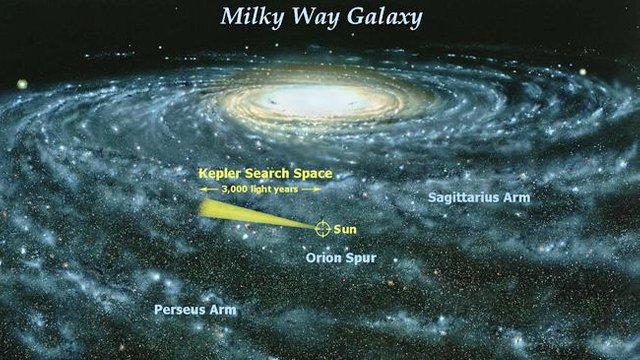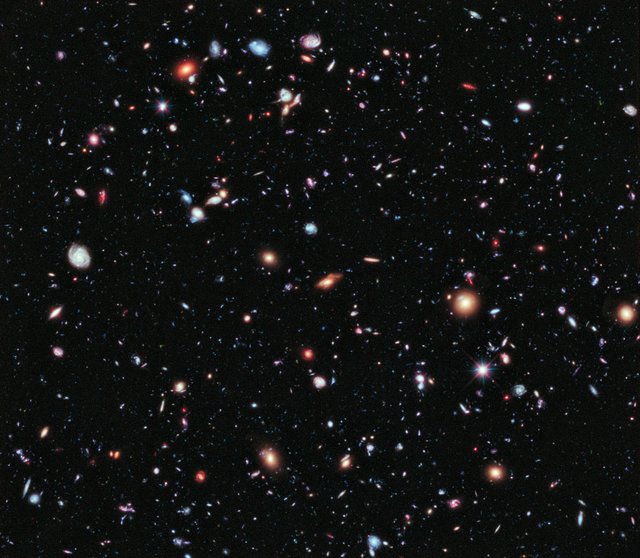Life Beyond Earth - The ET question part 5: Exoplanets

No series on hunting for alien life sustaining planets can be complete without discussing the advances in our knowledge brought about by the Hubble Space Telescope (HST) and the Kepler missions.
Hubble
Launched in 1990 on board the Space Shuttle Discovery, Hubble remains in a low Earth orbit. Sitting outside of the atmosphere the telescope's four main instruments and 2.4 meter wide mirror have provided the most detailed visual light images of the cosmos, enabling astronomers to view deep into space and - in effect - back in time: if Hubble is focused on a galaxy 100,000 light years away, that light has taken 100,000 years to get here and the telescope sees the galaxy as it was 100,000 years ago.
Although HST is a much lauded success, within it's first few weeks of operations it became apparent that all was not well. The images received, while much sharper than ground based telescopes, were not as sharp as expected. It was discovered that it's huge mirror had been polished into the wrong shape. Luckily Hubble had been designed to be serviceable by astronauts and subsequent Shuttle missions corrected the optics.


Hubble is not designed specifically to hunt for exoplanets (planets that orbit a star outside of our solar system) but it has made significant discoveries of dozens of far off worlds. It also holds the honour of capturing the first visible light of a planet around another star and confirmed that some unknown objects are in fact planets. HST has also been able to see atmospheres on distant worlds such as HD 209458 b. It analyzed it's light spectrum and determined that the atmosphere was comprised of sodium. It also has the capability to detect water, carbon dioxide, oxygen and carbon using this method. Hubble is to be replaced with the James Webb telescope late next year.

Kepler

The habitable zone is also known as the Goldilocks zone: it has to be not too hot, not too cold - just right - like the porridge in the tale of the Three Bears
Searching for exoplanets is not as straightforward as you might think: the light from the stars renders the planets invisible - imagine trying to look at a distant aeroplane or even a bird flying across the sun. In order for Kepler to detect exoplanets it uses what is known as the Transit Method. The level of light measured from a star dims by a fraction, indicating a mass passing in front of it. This mass is measured by how much the light dims, more for a large planet, less for a smaller one indicating it's size relative to the sun. It's orbit is calculated according to how long it takes to orbit the star.


The following photograph is called the eXtreme Deep Field (XDF) and is assembled from 10 years of Hubble's photographs from a very small section of the cosmos. This photograph alone contains an estimated 100,000 galaxies.

The current best guess is that there are between 100 - 200 billion galaxies. The Milky Way contains at least 100 thousand million stars. It stands to reason that many other galaxies have as many stars, each with any number of exoplanets orbiting them. Of these any number could lie within the habitable zone.
How many contain life?
Thank you for reading
Click HERE to learn more

Very well researched!
Will be interesting to see where you take the next instalment in the series, Space X? non-Carbon-based lifeforms? High-speed space travel?
I am in so much awe at the vastness of our universe and no matter how many times I see it, I just love to take a long lingering look at the Deep Field photo and imagine all the possibilities of what might have happened long ago in a galaxy far away...
cool